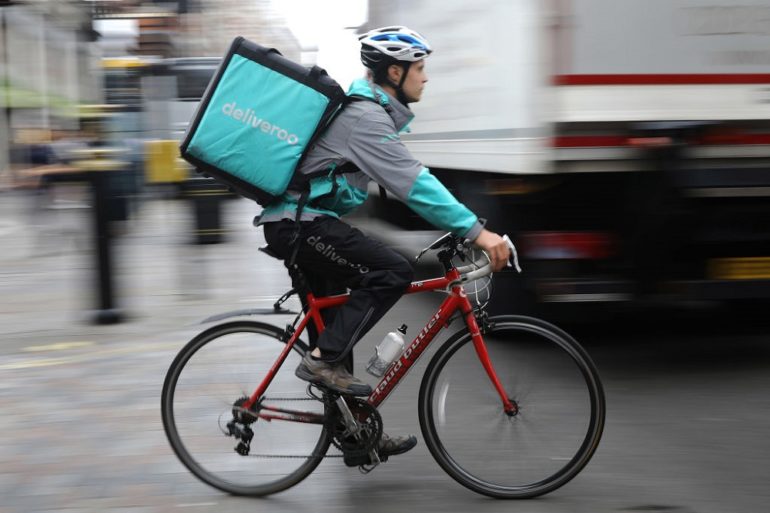5 Innovative Business Tips on How Your Restaurant Can Cope with COVID-19
While restaurant profits drop, these 5 tricks could keep your business alive
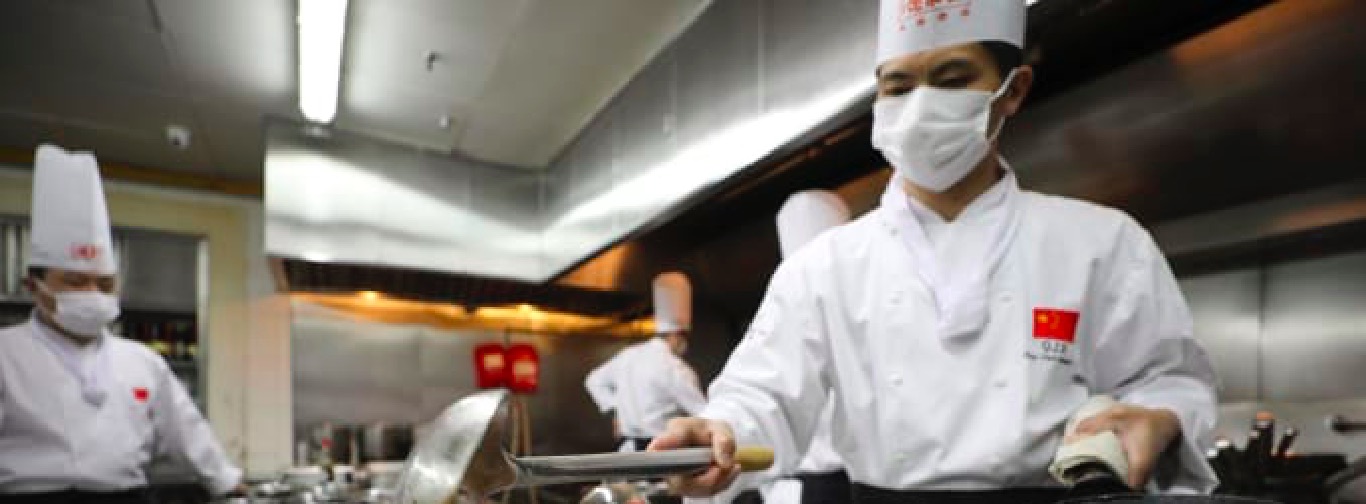
快速瀏覽
Global Restaurant Industry Takes a Hit
It is an unfortunate reality that F&B sector sales have dropped in many major countries because of the Coronavirus (COVID-19). As a result, F&B businesses have had to get innovative and adopt new ways to reach customers who are otherwise not coming to restaurants to dine out. Below, we can see how just a small sample of countries around the world have had their F&B industries affected by the virus:
Hong Kong
In Hong Kong, restaurants have seen revenue drop by around 50% across the board.
Singapore
Similar to Hong Kong, Singaporean restaurants have seen sales slashed by around 50%, as well.
USA
In the USA, a survey revealed that as of "March 15, nearly two-thirds (63%) of respondents said they were dining out less."
What else can restaurants do besides improve basic hygiene measures?
Solution 1: Delivery
A simple way to ensure that your sales and revenue aren't too adversely affected is by shifting to a delivery-focused business model. Currently, many "food delivery firms are enjoying strong demand as the coronavirus outbreak [has led to] social unrest and a strong eat-at-home habit." It's worth checking if your POS can offer you the ability to shift to a delivery model. Many POS systems allow restaurants to switch seamlessly between table service and delivery options. User Apps can also be integrated with modern POS solutions to allow customers the option to order delivery from your restaurant without any hassle.
In cities like Hong Kong, delivery businesses have reported sharp sales increases, lending credence to the theory that shifting to delivery is a viable option for struggling restaurants. For example, "Deliveroo has recorded a 60 per cent increase in order volume, month-on-month, in January, with the pace of growth dramatically accelerating in early days of February."
Subscribing to a delivery service is also a viable way to shift your business model. If you do not have delivery drivers rearing to go, many "delivery services are also taking steps to offer some financial relief to restaurants that are struggling during this time." For example, delivery company Seamless said that when orders are placed, the company is "deferring commission fees for many restaurants, so more of [the customers'] money goes to them now."

Solution 2: Takeout and Takeaway
If shifting to a delivery model is too difficult, there is definitely still potential in trying out a takeout or takeaway model. Instead of having customers dine in at your restaurant, have them pick up their meals to reduce exposure and contact. This is a worthwhile compromise that can be seen in places like New Zealand, where the local population still want to support F&B businesses. Though New Zealand restauranteurs have also tried other measures, one of the main tricks they've resorted to is "takeout options." Should your business attempt to shift towards a takeout model, ensure that your POS has a good queue management system and some eSignage to let customers know when their orders are ready for pickup.
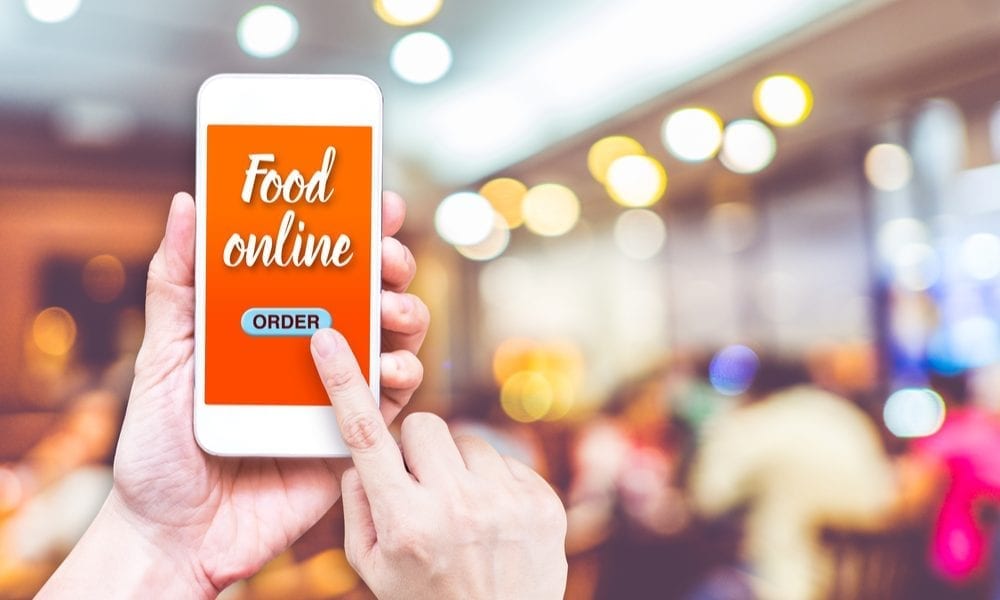
Solution 3 - Mobile Ordering and Cashless Payments
To avoid unnecessary close contact between customers and staff, mobile ordering and cashless payments are being touted as another solution to battling the spread of COVID-19. In Singapore, government advisories "encouraged the use of self-checkout counters, cashless payments and mobile ordering to both speed up payment and prevent crowding at cashiers and pick-up points." In the USA, contactless payment options are also being explored. It is worth speaking to your POS provider to see if they can offer mobile ordering systems and if they offer contactless payment options.
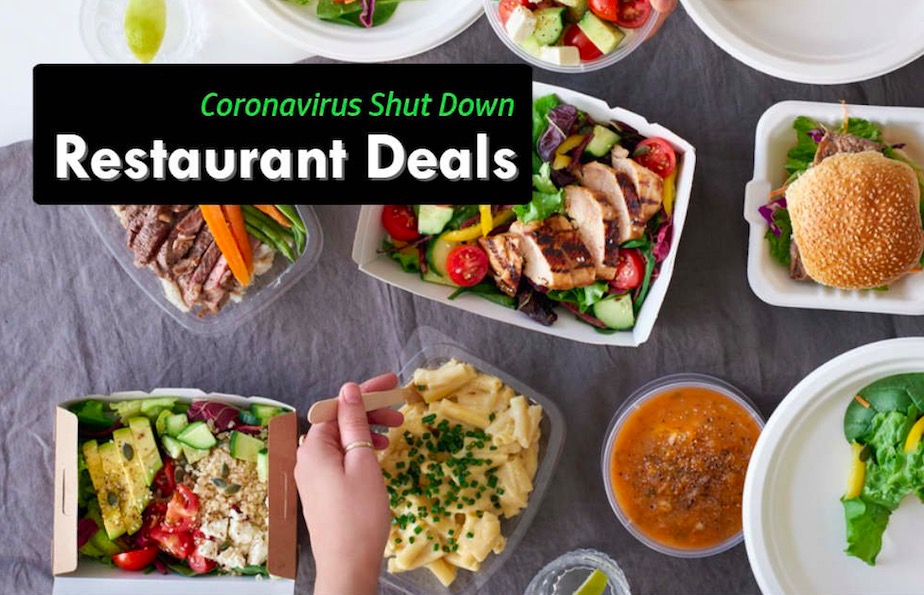
Solution 4 -Gift Vouchers
There are two different ways in which gift vouchers can be utilized by F&B businesses right now. The first method is to offer an additional percentage of discount off for customers who purchase gift coupons during the Coronavirus period. Though customers may not use their coupons immediately, they can use their coupons when the situation calms down a little. This is a great way to get immediate cash inflow and to guarantee business after the virus runs its course. In the UK, businesses who have adopted this policy claim that "the response has already been quite positive."
The second way to utilize gift vouchers is to simply entice customers to dine at your business. In new Zealand, the government "is giving away $200 of dining vouchers every week for six weeks to Kiwi diners to help keep businesses going." If you have a loyalty program, you can also target customers with email gift voucher offerings to spread the word easily.
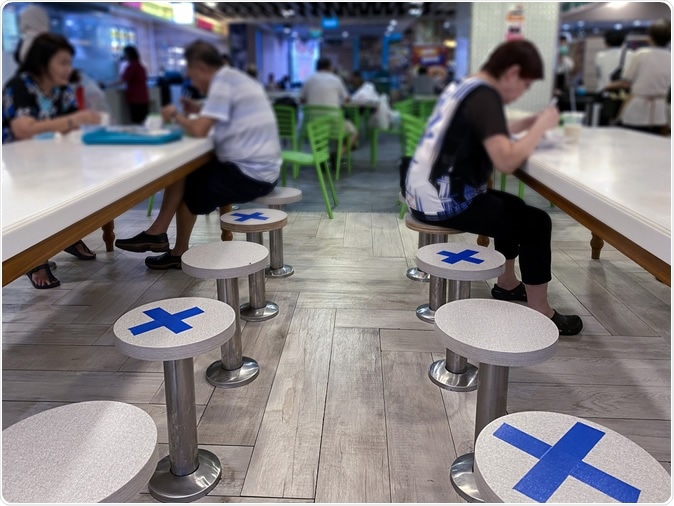
Solution 5: Social Distancing and Kiosks
To instill customer confidence in your business, practice social distancing measures strictly. In Singapore, for example, "food and beverage establishments were advised to reduce queues outside their outlets by taking down diners' details and calling them when seats are available." In the US, "Restaurant owners are also looking into ways to cut down on face-to-face contact between staff and patrons." The knowledge that your restaurant is following all government protocols will go a long way in retaining patrons.
Self-service kiosks are a great way to utilize technology to enforce better hygiene during the Coronavirus period. Even just as a general trend, "people are less inclined to deal with cashiers and the adoption of technology is taking over." Why not use this to your business' advantage and offer customers the option to pay for meals without having to interact with a member of staff? To further put customers' minds at ease, you can offer hand sanitizer and disinfectant wipes so customers can clean the self-service kiosk's screen right before they use it.
How to Move Forward
Taking any of these solutions and adapting them into your business is a key step in differentiating yourself from the competition. At the end of the day, customers are the lifeblood of any F&B business and if they are not coming to you, you have to go to them. Gauge the situation in your country and figure out which solution or solutions are right for your business. Once implemented, it is certainly possible that sales and revenue will begin to rise.
